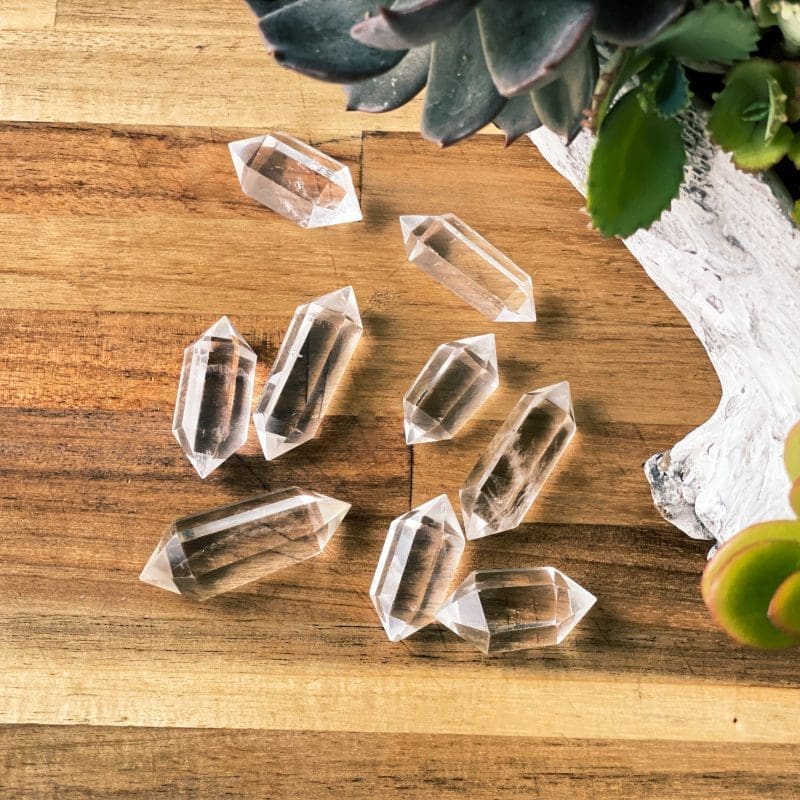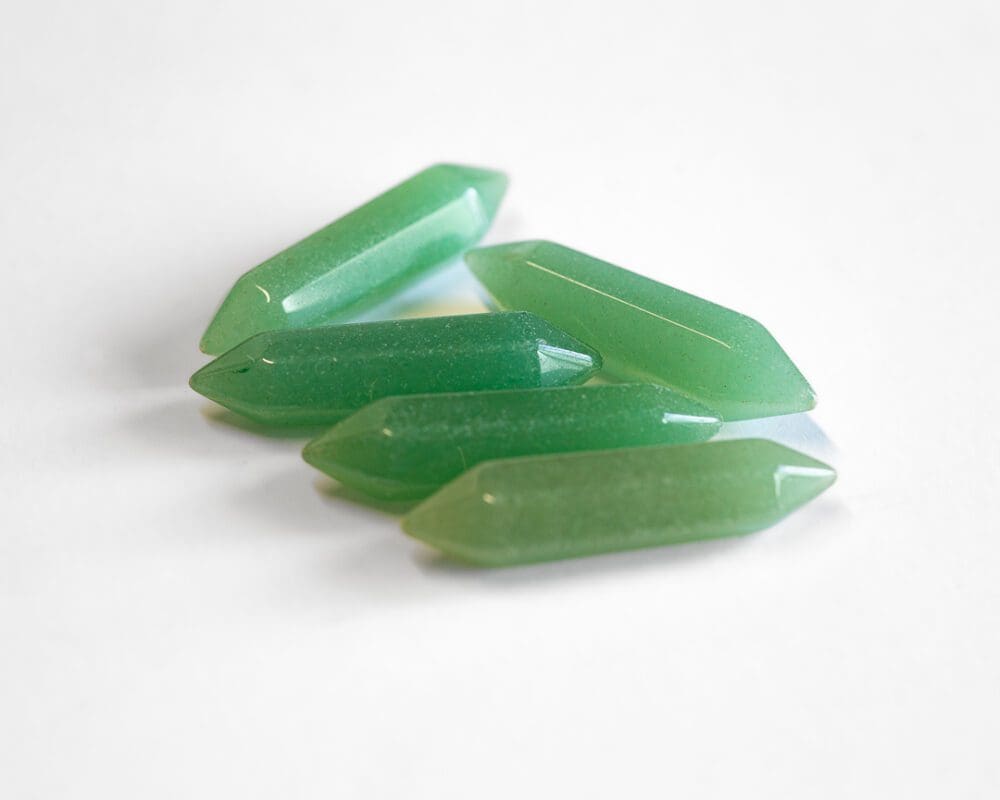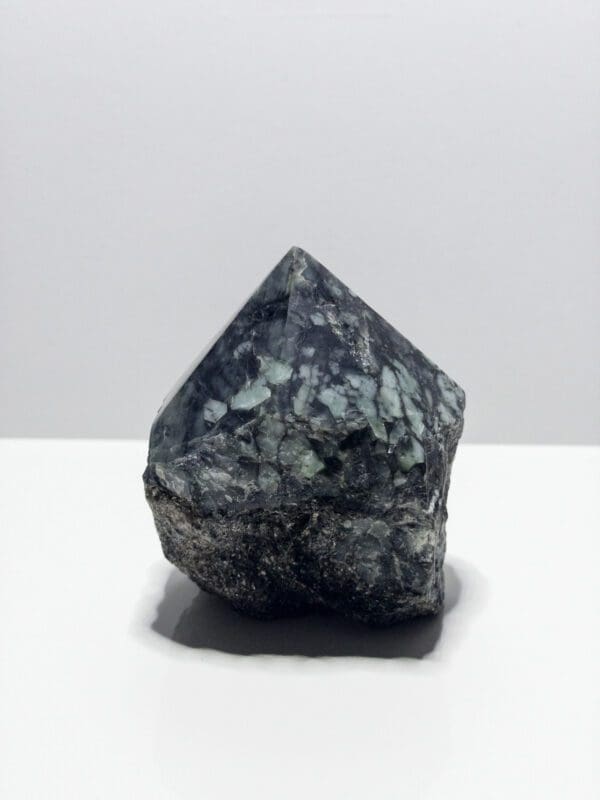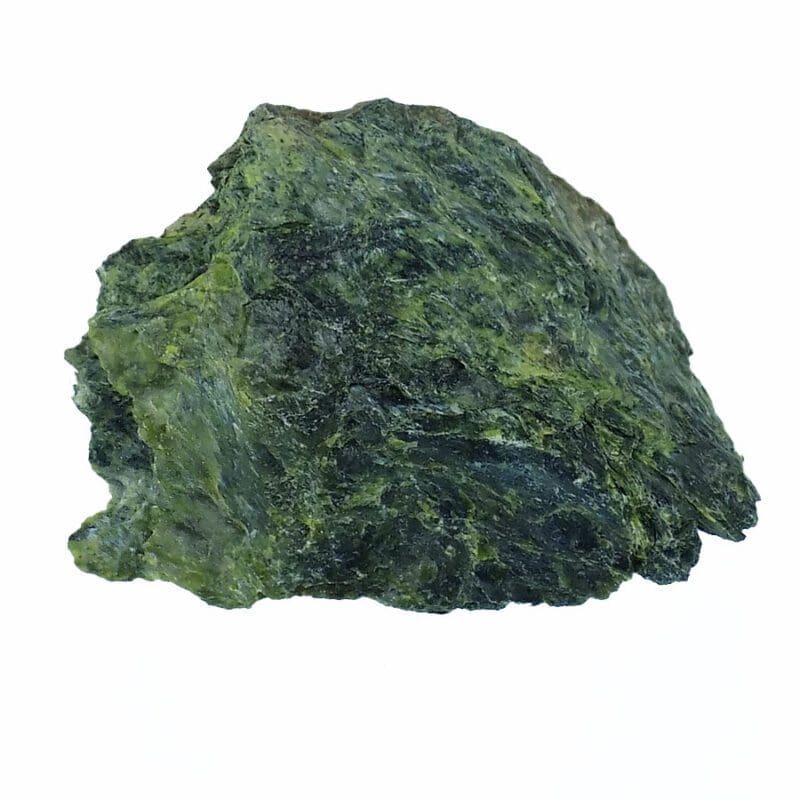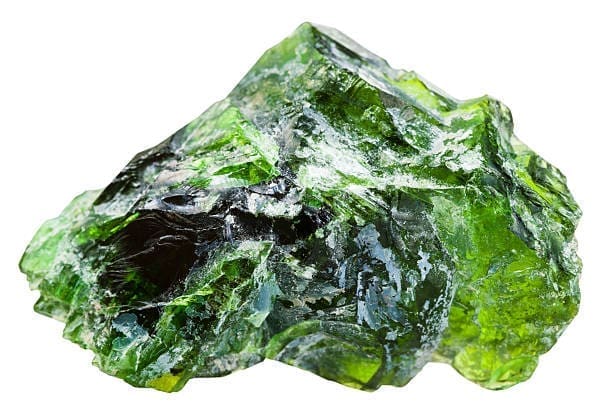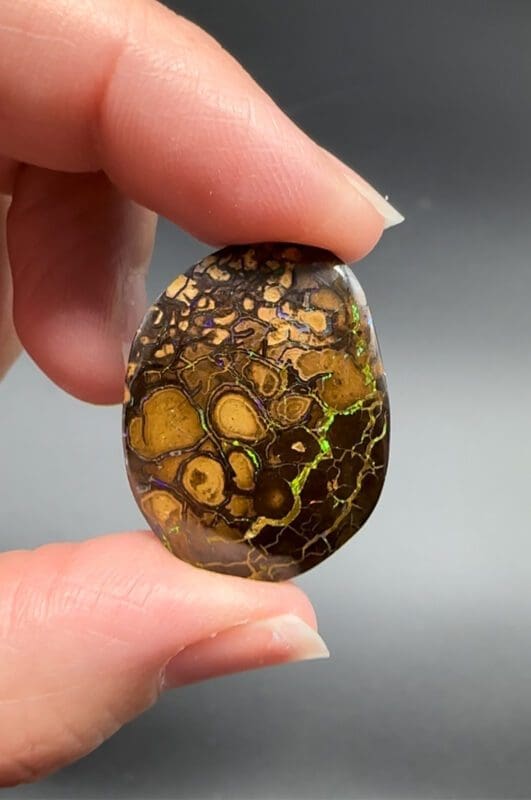Crystal quartz is a stunning and highly sought-after mineral that has been prized for its beauty and healing properties for centuries. But where does this precious stone come from, and how is it formed?
Quartz is a common mineral found in many different types of rock, including granite, sandstone, and metamorphic rocks like schist and gneiss. It is also found in sedimentary rocks like sandstone and shale. The crystal structure of quartz is made up of a repeating pattern of silicon and oxygen atoms, which gives it a unique and distinctive appearance.
Crystal quartz can be found in a variety of environments, including in the form of veins running through other types of rock, as well as in geodes and other types of cavities. It is also found in alluvial deposits, where it has been worn down and transported by water and other natural processes.
The formation of crystal quartz is a complex process that occurs over a period of time, and is influenced by various factors such as temperature, pressure, and the presence of other minerals. One of the most common ways that crystal quartz is formed is through the process of hydrothermal alteration, which occurs when hot fluids circulating through rocks dissolve and transport minerals, eventually depositing them in a new location. This process can occur at a variety of depths and temperatures, and can result in the formation of a wide range of different types of quartz, including amethyst, citrine, and smoky quartz.
Another way that crystal quartz can be formed is through metamorphism, which is the process of transforming one type of rock into another through heat and pressure. When rocks are subjected to high temperatures and pressures, the minerals within them can be rearranged and recrystallized, resulting in the formation of new minerals like crystal quartz.
In addition to its use as a gemstone and decorative element, crystal quartz also has a number of practical applications in the field of geology. It is often used as a tool for dating rocks, as the radioactive decay of certain isotopes of quartz can be used to determine the age of a rock sample. Crystal quartz is also an important indicator of past geologic events, as the presence of certain types of quartz can be used to infer the types of conditions that existed when the rock was formed.
Overall, the geology of crystal quartz is a fascinating and complex subject, and one that has played a significant role in the study of earth’s history and the evolution of its landscapes. From its formation in a variety of different environments, to its many uses in geology and beyond, crystal quartz is truly a remarkable and multifaceted mineral.

